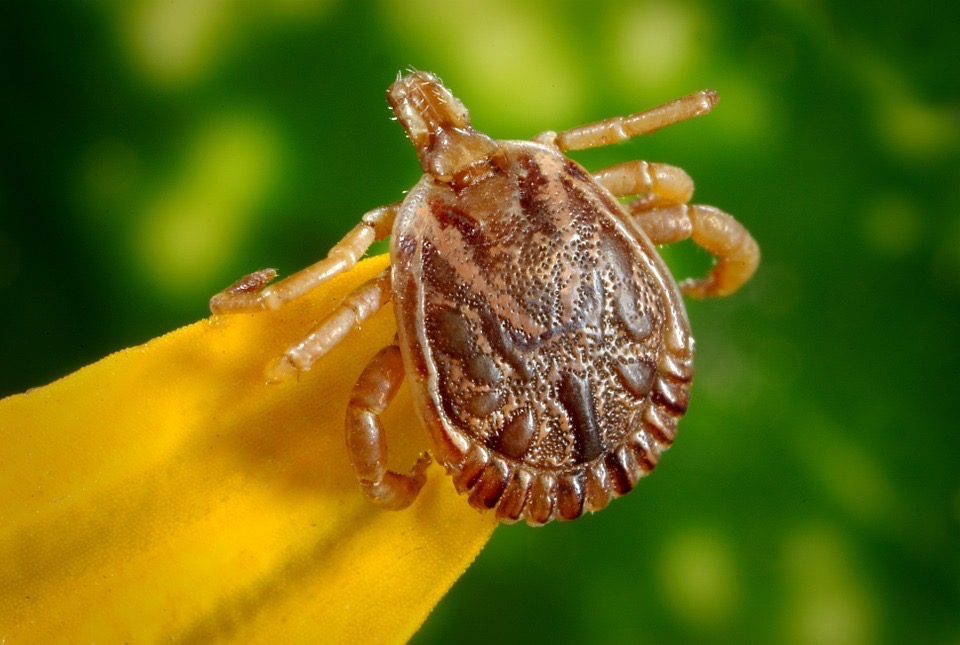My cousin already found a tick on her clothing so I thought it would be a good time for this Retro WON. ~ MC
It’s summer, and the outdoors are alive with flowers, trees, grass, and ticks! Last year alone, the Centers for Disease Control reported more than 30,000 cases of the tick-borne illness Lyme disease, up from fewer than 12,000 cases in 1995. Here’s what you need to know to avoid tick bites, what to do if bitten, and which tick species to watch out for.

According to the Department of Defense, there are hundreds of tick species in the world today. The good news: only a handful of these species threaten humans with disease. These ticks are rarely born with the diseases they transmit but rather acquire them from the animals they feed on, such as deer or family pets. Afterward, the ticks can transmit Lyme disease, babesiosis, erlichiosious, and tularemia, among other illnesses. Because tick species can look similar to each other, especially when engorged, it’s easiest to determine type by geographical location instead of by physical characteristics.

The absolute best way to avoid tick-borne illness is to avoid the bite. If you think you might be walking through tall grasses or bushes, or even hiking on trails, wear insect repellent with DEET or, better yet, long-sleeved, long-pant clothing treated with permethrin, an insecticide widely used as a repellent. Insecticide-treated outdoor clothing can be found in child and adult sizes from retailers ExOfficio, Columbia, and L.L. Bean, among others, and lasts for more than 70 washings. Wearing light-colored clothing is especially useful as it allows you to spot ticks more quickly when they are on your clothing.
After any outdoor activity, check your body for ticks. Tick checks should be done immediately after activity and then again before bedtime. It’s easiest to remember if you check before taking a shower or bath. Ticks prefer damp, dark places, so be sure to examine your underarms, groin area, and other areas such as behind ears, elbows, and knees. Remember to check pets for ticks, too!

Find other #FridayFix here.
This Retro WON first appeared August 18, 2017.
The Women's Outdoor News, aka The WON, features news, reviews and stories about women who are shooting, hunting, fishing and actively engaging in outdoor adventure. This publication is for women, by women. View all posts by The WON